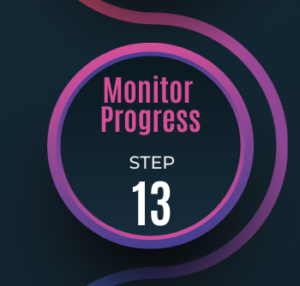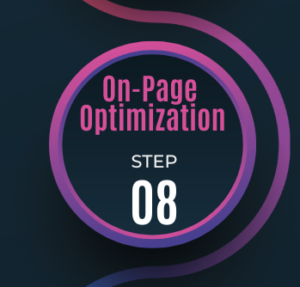
Steps of SEO: 13 Monitor Progress
Importance of monitoring progress in SEO: Regularly tracking key metrics, staying up-to-date with trends, and continuously improving your website to achieve success.



Importance of monitoring progress in SEO: Regularly tracking key metrics, staying up-to-date with trends, and continuously improving your website to achieve success.

On-page optimization is crucial to improve website visibility. Focus on high-quality content, optimize HTML, and continuously monitor and adjust strategy for better performance.

Creating effective content is essential for improving a website’s SEO and visibility. To succeed, understand your audience, create high-quality content, optimize it for search engines, consider external content creation, and update regularly.